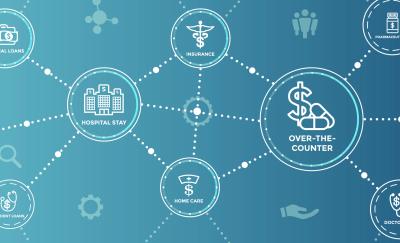If you’re trying to articulate how a program works, a picture is worth a thousand words. That’s why we’ve developed a playbook that illustrates six different types of program theories: to help program developers and evaluators guide and share their work (with pictures doing the heavy lifting). Program theories are visuals that describe how a program is intended to bring about a desired outcome. For program developers, program theories can help staff gain a shared understanding of the program and what they need to do to make an impact. For evaluators, program theories can help organize an evaluation design by providing a framework for understanding what to measure and how different parts of a program are hypothesized to affect outcomes.
Our primary motivation in developing this playbook is to spark creativity in the articulation of a program’s activities and outcomes, so think of this as a starting point—we encourage you to play around with the different templates to develop program theories that best meet your needs. It’s a playbook, play around! The playbook illustrates six different program theories:
- A Logic Model lists program inputs, activities, outputs, and outcomes. This is the most common type of program theory. It can provide a simple program overview—which is great for communication purposes.
- Like a logic model, a Logframe lists program activities, outputs, and outcomes—but it also lays out underlying risks and measurable indicators. It provides simple program overview that supports program planning, management, and monitoring.
- A Theory of Change describes how specific program inputs, activities, outputs, and outcomes are assumed to be connected. Although some evaluators talk of theories of change and logic models interchangeably, a theory of change provides a more detailed description of how a program is intended to bring about the desired outcomes.








